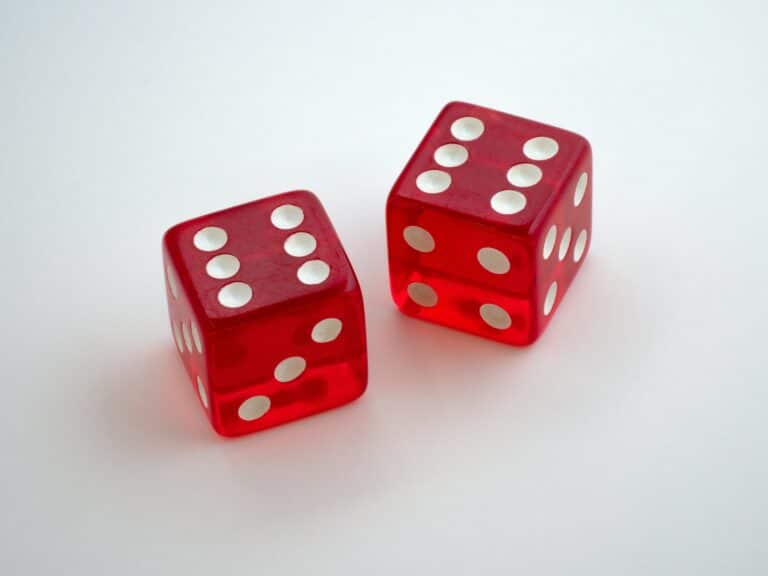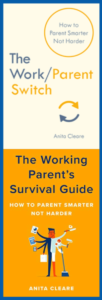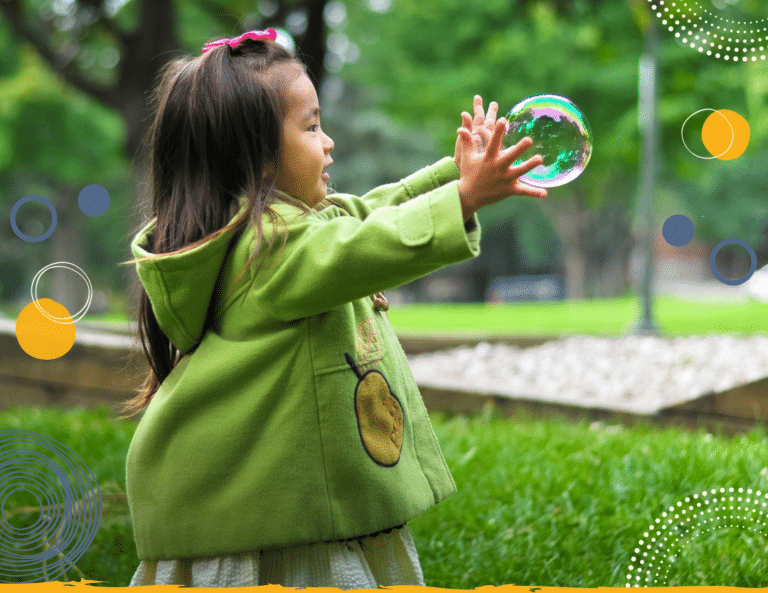What’s in your Kids Boredom Kit?
When my children were little I didn’t have a mobile phone. Smartphones hadn’t been invented. (Wow that makes me feel old!). When we were out and about, there wasn’t the option to reach for an iPhone to keep the children occupied. I had to carry a Kids Boredom Kit.
Alongside snacks for staving off hunger and underpants in case of accidents, my bag always contained bits and pieces to keep the kids engaged in case of down moments or unforeseen delays.
I quickly learned that it’s no good keeping the same old things in a kids boredom kit (or the kids will get bored of it!). Young children love novelty so regularly refreshing the kit with surprises is essential. And, of course, any object in the kit has to be small and multi-functional so it can fit into a bag or pocket and adapt to a variety of uses.
So, for those of you who are a bit younger than me but keen to minimise children’s tech time, here are the secret ingredients of a great boredom kit!
- Pipe cleaners. Seriously. Not only can you make almost anything from a pipe cleaner, you can then undo it and make something completely different. Spiders (easy-peasy). People (bit more challenging). Cats (the ears are the tricky bit). By which time you have the characters for a whole world of imaginary fun…..
- Balloons. (Un-blown up during transit). It’s a good idea to have a few in case one goes bang straight away. (And clearly not the best idea for when you are trying to get them to sit still in the doctor’s waiting room.) But I once kept an 18-month old entertained at Beijing Airport for 8 hours with a single balloon (I kid you not).
- A pack of playing cards. They can play card games with them or order them, match them, arrange them, build with them, throw them (my youngest son loved building a card castle and then flicking cards at it to knock it over), do tricks with them, shuffle them, fan them, balance them on their heads, or make up stories about the kings and queens. There’s not much you can’t do with a pack of cards and some imagination.
- A matchbox. Empty for collecting things. Or, for a super-efficient space-saving boredom kit supreme, you can put random small objects inside – a penny, a single Lego piece, a paper clip, a marble, a doll’s shoe, half a crayon, a button, a pen lid, random broken bits from the bottom of your bag and pretty much anything else that fits. You’d be amazed what kids can invent with odd objects. Or you can play a memory game where you take one thing away and they have to guess what’s missing. (Not the best idea for very little ones due to choking hazards, this one!)
- Dice. Two of them is best, but one will do at a pinch. Yes, they will get lost sometimes but dice introduce a fabulous random element into pretend play. They can try and guess which numbers will be rolled. Or associate an action with each number and dictate a ‘dice dance’ to each other. Or see who gets the highest score on ten rolls. Sneaky educational agenda of being good for their maths too.
- Cocktail sticks. The wooden ones, preferably not too sharp. Can be combined with a small ball of blutac for extra fun.
- A ball of wool. I’ll say no more. Be prepared for fun. (But do supervise just in case they decide to tie each other up a little too tightly…)
- A pocket calculator. This is actually tech, I suppose. But I really don’t think anyone could argue that it counts as screen time! They can challenge each other to get closest to the right answer for tricky sums. Or show them how to write BOOBS using numbers, and they will be off….. A good one for when sitting still is essential.
- Word games. These are obviously kept in your head – so ideal for when you have inadvertently left the boredom kit at home! I-Spy, Animal Alphabet, “I went to the shops and I bought” – the possibilities are endless. If you don’t know what I am talking about, go right now and google a list of word games and how to play them. You can print out the list or save it on your phone until you’ve learnt them off by heart.
- Then there are the obvious choices like paper, pencils, scissors, card, toy cars, mini figures, story books, colouring books, comics. And if you run out of ideas, head to the local pound shop for ideas.
The trick to a boredom kit is just to give it to the children and let them get on with it. Ignore all complaints of “That’s rubbish!” or “I’m bored!” (remember, boredom is good for kids), just give them the boredom kit, tell them that’s all there is and wait. They’ll come up with something to do with it 90% of the time. And, often, it will be something you’d never actually thought of….
I know I have missed out lots of brilliant ideas – if you have a boredom kit favourite that I have not mentioned, please let us all in on it by sharing in a comment below!







This is excellent! I’ve got a long flight soon with a nine year old and I will use some of these 🙂 A balloon is great for kids to play together who don’t speak the same language too (good in airports when you are delayed).
Good luck with your flight!
My father used to carry uninfalted balloons in his pocket ( we never knew). But when we burst a balloon, we would take the pieces to my father, who would take them and put them in his pocket and then magic a whole balloon out of the pieces! Sometimes the ‘magic’ would get mixed up and a different colour would appear… but wow! It is one of the most wonderful memories I have of a super
childhood!
What a lovely story! Dads are so magical!